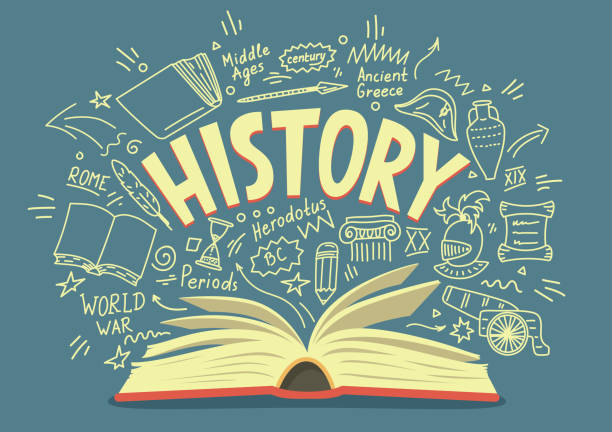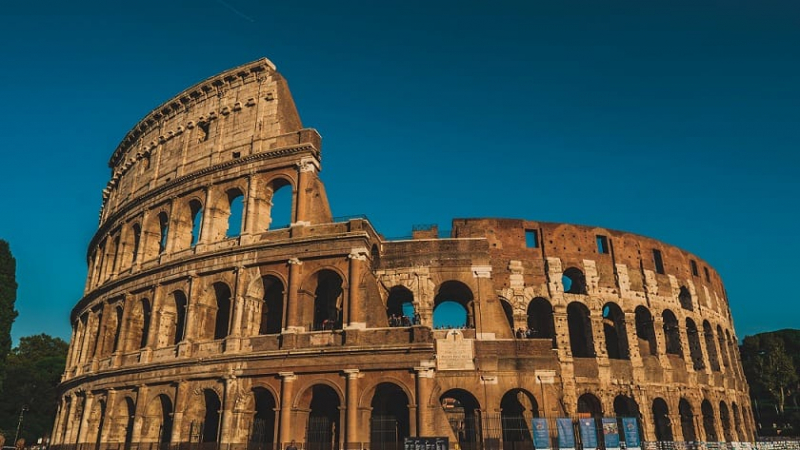Tangible Things: Discovering History Through Artworks, Artifacts, Scientific Specimens, and the Stuff Around You

Have you ever wondered how historical or scientific collections, such as those seen in museums and libraries, come together? Or, more specifically, how and why do curators, historians, archivists, and preservationists go about their work.
You'll learn how tangible things have molded academic fields and reinforced or challenged people's limits in Tangible Things. Tangible Things is one of the Best Online History Courses. This course will draw on some of Harvard University's most remarkable objects, showcasing a few to give you an idea of the potential of learning via real objects. You and your classmates may explore Harvard's incredible collection of physical items, including books and manuscripts, art pieces, scientific specimens, ethnographic artifacts, and historical relics of all kinds, by "walking onto" the legendary campus. The University's collections include Turkish sundials, a Chinese crystal ball, an Angolan divination basket, and nineteenth-century "spirit writing" on a child-sized slate, in addition to a Gutenberg bible. Henry David Thoreau's pencil, an Abraham Lincoln life mask, and chemicals stolen from a Confederate ship are all tucked away in storage cabinets, closets, and backrooms of its museums and libraries. The Art Museums are home to not only Renaissance masterpieces, but also a silver-encrusted cup crafted from a coconut. Not only does the Natural History Museum include dinosaur bones and a fish robot, but it also has an entire Mexican tortilla that is over a century old.
The first portion of the course will look at how a monument, a fish, and a gingham gown have all contributed to Harvard's history, and you will discover the importance of pausing to look around. In the following segment, the course will look at some of the different ways people have put things together to preserve memory, encourage trade, and define culture. Finally, the course will look at how to rearrange items in order to provide fresh perspectives on nature, time, and everyday labor. You'll learn new ways to look at, organize, and understand real items in your own surroundings along the way.
What you will learn:
- Understanding the methods used in museum curation
- The fundamentals of historical interpretation and analysis
- Strong critical thinking and analytical abilities strong understanding of the job that historians, curators, and collectors do
- How objects that appear to belong to different disciplines may really "speak" to one another. How a detailed examination of a single object can push academic and disciplinary boundaries.
- How seemingly unconnected items may reveal connections between art and science, the economy, and culture, as well as between individuals in many regions of the world.
Duration: Estimated 10 weeks (1–3 hours per week)
Fee: Free (Optional upgrade available)
Self-paced: Progress at your own speed
Enroll here: https://www.edx.org/course/tangible-things-discovering-history-through-artwor











